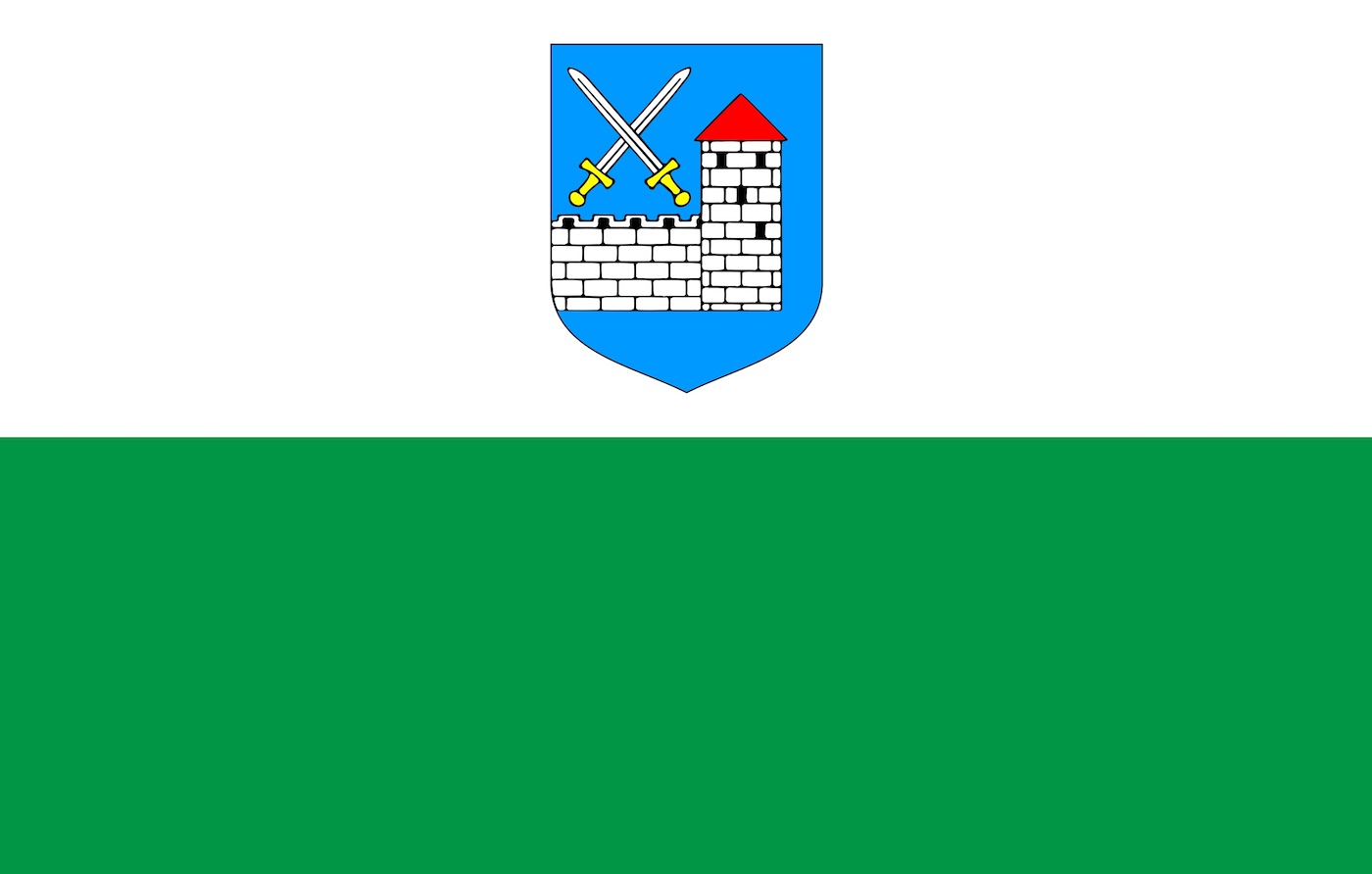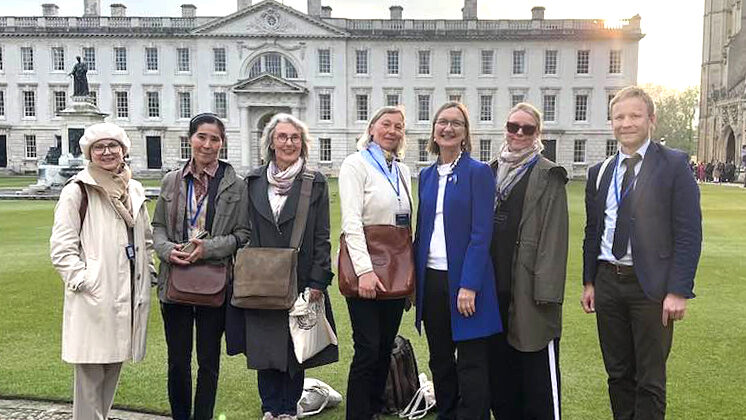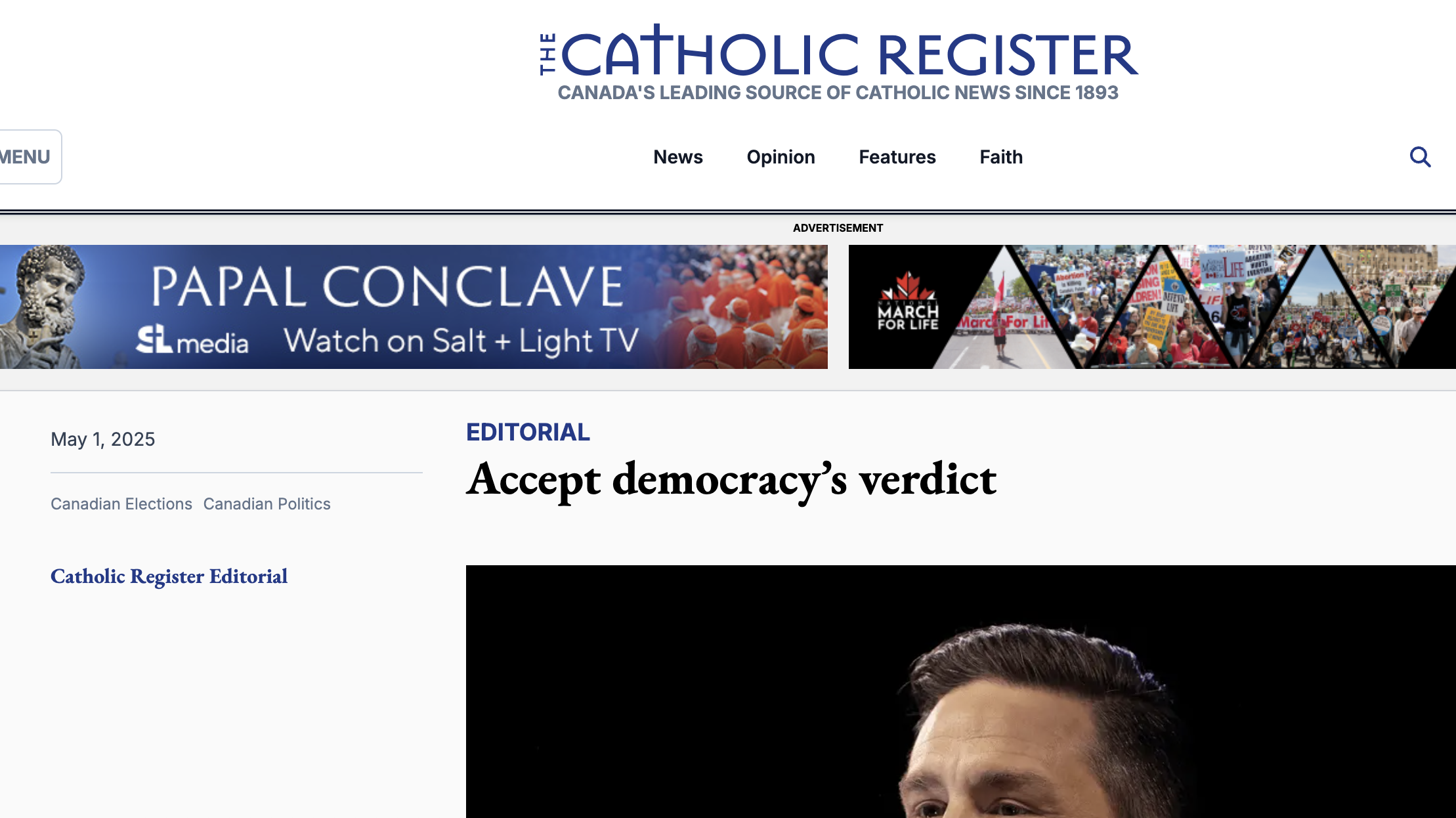(Transnationalism (hargmaisus), a term not in the everyday lexicon of the ‘man on the street’, refers to the level of connectedness members of a diaspora have to their homeland.)
Multi-active, cosmopolitan integration group
This represents about one fifth of the Russian speakers. This includes people who have successfully integrated into all segments of society and who have access to various resources. They have good command of the Estonian language, most have Estonian citizenship and two thirds were born in Estonia. At least one third of this group live elsewhere than in Tallinn or East Virumaa, that have the heaviest concentrations of Russian speakers.
(Read more: Estonian Life No. 1 2021 paber- and PDF/digi)
Laas Leivat, Toronto




